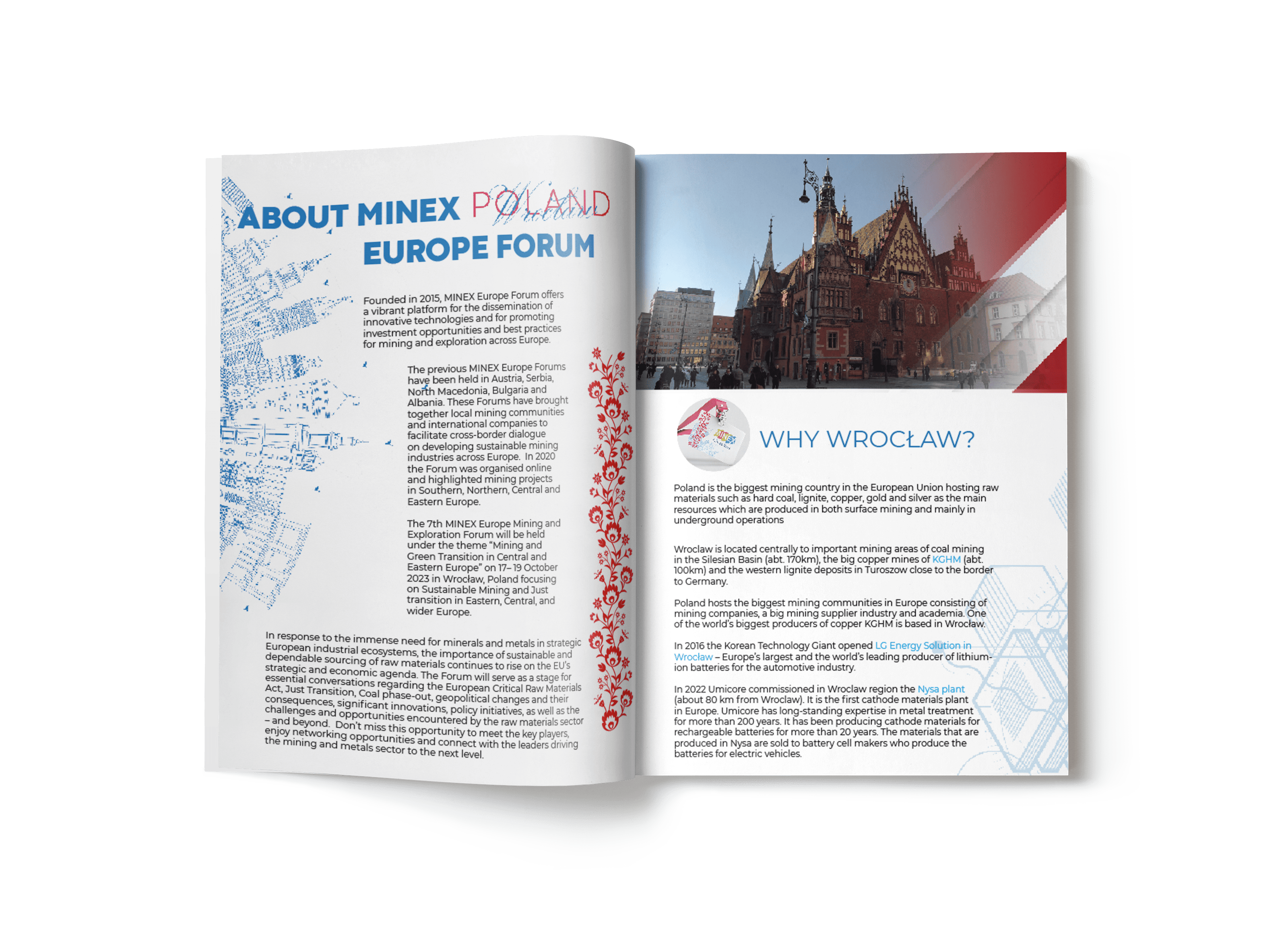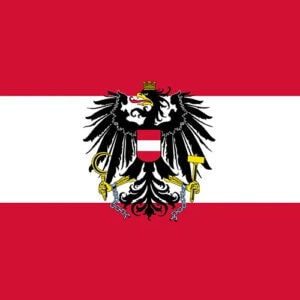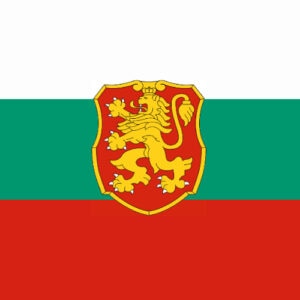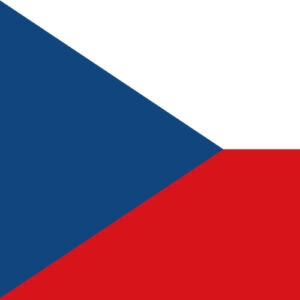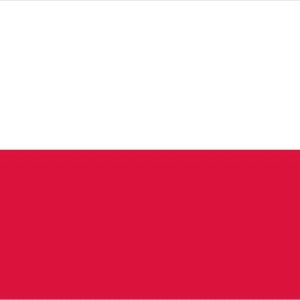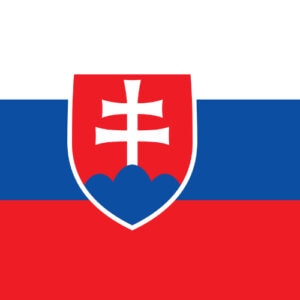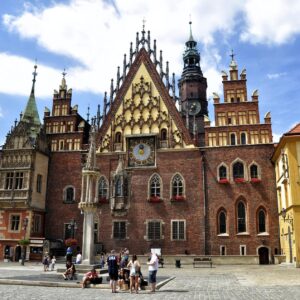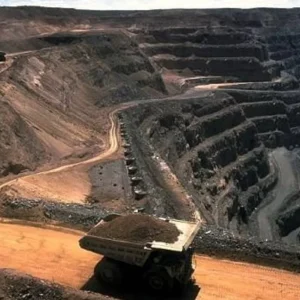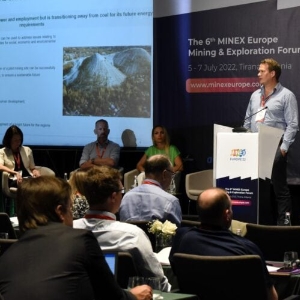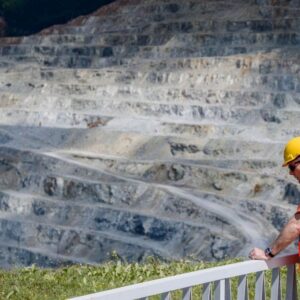Poland is the biggest mining country in the European Union hosting raw materials such as hard coal, lignite, copper, gold and silver as the main resources which are produced in both surface mining and mainly in underground operations. Poland hosts the biggest mining communities in Europe consisting of mining companies, a big mining supplier industry and academia.
Wroclaw is located centrally to important mining areas of coal mining in the Silesian Basin (abt. 170km), the big copper mines of KGHM (abt. 100km) and the western lignite deposits in Turoszow close to the border to Germany.
One of the world’s biggest producers of copper and silver KGHM operates Głogów and Legnica Copper Smelters and Polkowice-Sieroszowice copper mine 70-90 km away from Wrocław. The company employs 34,000 people and operates mining projects in Europe, North America and South America. KGHM output is estimated at 40 million tonnes of copper in situ. The company operates the largest silver mine in the world. In 2022, the KGHM Group produced 1,327 tons of silver.
Poland is the leading location in Central and Eastern Europe for greenfield investments. It accounted for about 25% of FDI projects in the region in 2022.
In 2016 the Korean Technology Giant opened LG Energy Solution in Wrocław – Europe’s largest and the world’s leading producer of lithium-ion batteries for the automotive industry. Greenfield investment in Wrocław brought the implementation of the most advanced technology to Poland. The plant covers an area of about 100 ha. The current capacity is 70 GWh and will reach 115 GWh in 2025.
Umicore has two production facilities near Wrocław: Nowa Ruda for automotive catalysts and Nysa for cathode materials. Commissioned in 2022 the Nysa plant is the first cathode materials plant in Europe. The materials produced in Nysa are sold to battery cell makers who produce the batteries for electric vehicles. Umicore has been producing cathode materials for rechargeable batteries for more than 20 years. Umicore has had long-standing expertise in metal treatment for more than 200 years. It has been producing cathode materials for rechargeable batteries for more than 20 years. The materials that are produced in Nysa are sold to battery cell makers who produce the batteries for electric vehicles.
Intel announced on 16 June 2023 plans to invest 4 bln euros in building a new semi-semiconductors plant in Miekinia, a small city located 26km to the west of Wrocław. With Poland still largely reliant on coal for its energy, it will be interesting to see how quickly the country can make the switch to renewables given Intel’s commitments to use 100% renewable energy by 2030. On this front, we have seen strong, recent growth in inbound renewables FDI in Poland, particularly onshore wind and solar power.

